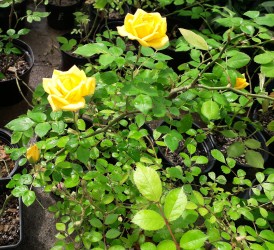Mann et al. (2015) readuc in atentie notiunea de fitofilie, definita de Ulrich (1983), si analizeaza efectul plantelor de interior asupra actiunilor cognitive si asupra perceptiei camerei in care sunt amplasate.
Prezentam mai jos cateva studii in care autorii au analizat atitudinea consumatorilor fata de un spatiu in care exista o planta verde comparativ cu un spatiu similar in care aceasta lipseste.
Clientii sunt mult mai deschisi acolo unde exista plante. Si revin.
- Mann M., Oberzaucher E., Grammer K., 2015. Phytophilia: Effects of plants on human cognition and room perception. http://ishe.org/wp-content/uploads/2015/03/Bologna2008.pdf#page=114
- S.Tifferet, I.Vilnai-Yavetz, 2016. Phytophilia and service atmospherics: the effect of indoor plants on consumers. Environment and behavior, 49(7). https://doi.org/10.1177/00139165166693903.
- A.H. Sadek, E.M. Nofal, 2013. Effects of indoor environmental quality on occupant satisfaction in healing environments. Building Simulation Cairo 2013 ‐ Towards Sustainable & Green Life, Cairo, June 23rd ‐ 24th. https://lirias.kuleuven.be/2802270?limo=0
- Hůla, M., Flegr, J., 2020. Habitat selection theory and the preference for flowers – is there empirical support? SocArXiv, 28. https://doi.org/10.31235/osf.io/ya2e5
- K.Yildirim, N. N.Y. Kaya, F. Olmus, 2020. The effects of indoor plants on customers' shopping decisions in a restaurant environment. International Journal of Retail & Distribution Management. https://www.emerald.com/insight/content/doi/10.1108/IJRDM-02-2020-0053/full/html?skipTracking=true
- M.S. Rosenbaum, G. Contreras Ramírez, N. Matos, 2018. A neuroscientific perspective of consumer responses to retail greenery. Pages 1034-1045. https://doi.org/10.1080/02642069.2018.1487406
